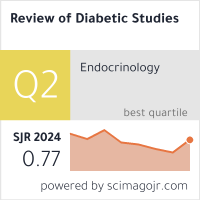Paramedic Role Expansion: A Comprehensive Review Of Community Paramedicine
DOI:
https://doi.org/10.1900/jhw3bd25Keywords:
Community Paramedicine, Paramedic Role Expansion, Mobile Integrated Healthcare, Chronic Disease Management, Emergency Medical Services, Health System Innovation.Abstract
Paramedics have traditionally served as frontline providers of emergency response, acute resuscitation, and patient transport. However, growing pressures on global healthcare systems, including aging populations, chronic disease burdens, rural access disparities, and emergency department overcrowding, have catalyzed the evolution of paramedic roles. Community paramedicine (CP) has emerged as an innovative model that extends paramedic practice beyond emergency response into proactive, community-based healthcare. This review critically examines the expansion of paramedic roles within community paramedicine, exploring its historical evolution, driving forces, models of implementation, training requirements, outcomes, challenges, and future directions. Community paramedics deliver a wide spectrum of services, including chronic disease management, preventive health interventions, post-discharge follow-up, mental health crisis support, and palliative care. Evidence demonstrates significant benefits, including improved patient satisfaction, enhanced chronic disease control, reduced emergency department utilization, lower hospital readmission rates, and substantial healthcare cost savings. Nonetheless, challenges such as regulatory variability, funding limitations, workforce training gaps, and interprofessional resistance remain barriers to widespread adoption. Community paramedicine exemplifies a transformative and sustainable healthcare innovation that positions paramedics as key contributors to integrated, patient-centered care. With appropriate policy support, standardized training, and ongoing research, CP holds promise for enhancing accessibility, equity, and resilience across healthcare systems globally.
Downloads
Published
Issue
Section
License

This work is licensed under a Creative Commons Attribution-ShareAlike 4.0 International License.


